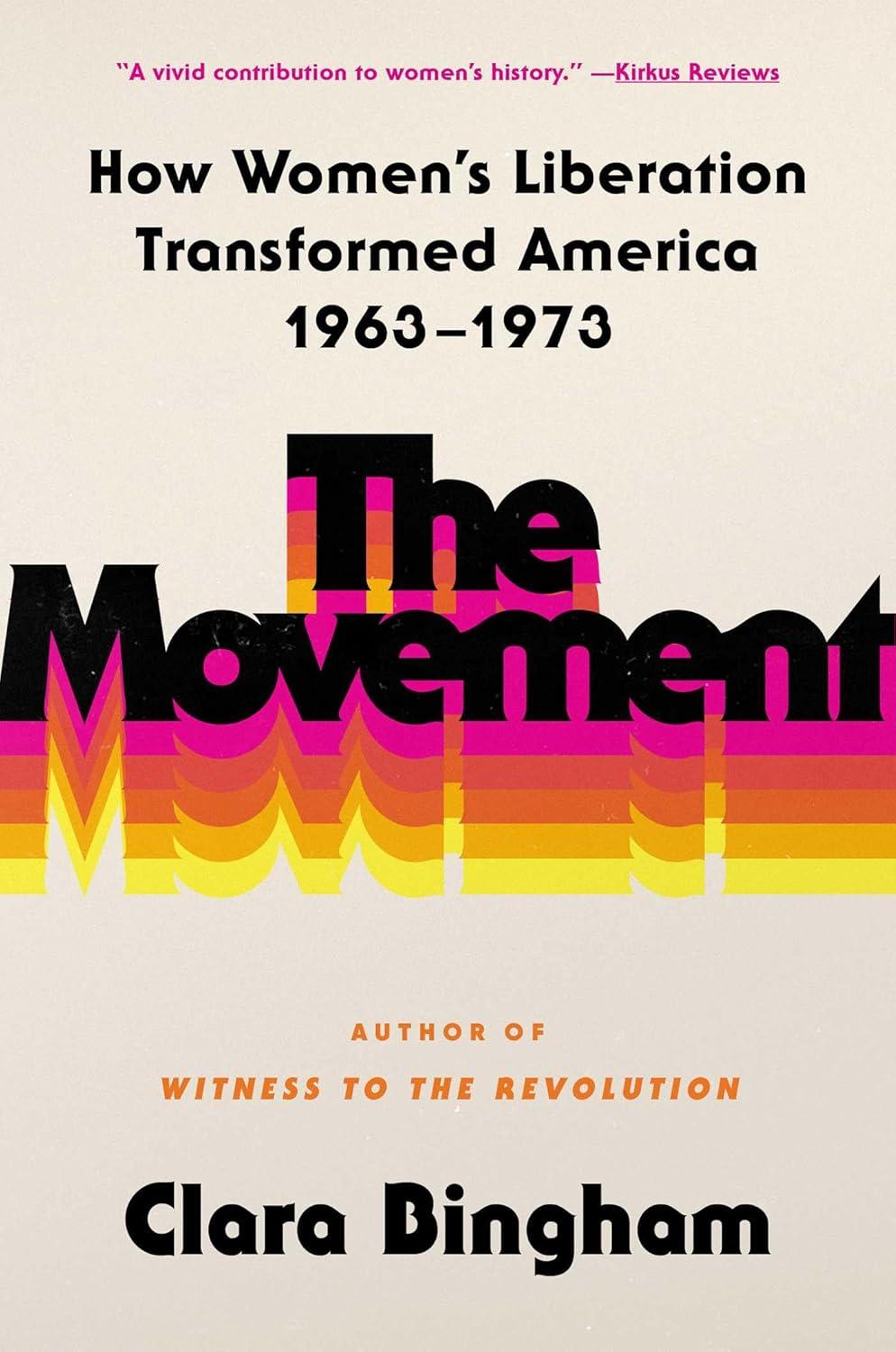On August 26, 1970, the 50th anniversary of women’s suffrage, an estimated 50,000 women marched down New York City’s Fifth Avenue as part of a daylong general strike. Betty Friedan, the author of the seminal work The Feminine Mystique, which had sparked the so-called second wave of feminism, had called for the strike as a way to cast media attention on the nascent women’s movement. She declared the day “a resistance both passive and active, of all women in America against the concrete conditions of their oppression.” Never one to shirk the spotlight, Friedan led the brigade, flanked by a gaggle of former suffragists, veterans of feminism’s first wave now in their 70s and 80s. Women chanted, held signs, and cheered, “Liberté, égalité, sororité,” “Don’t iron while the strike is hot,” and “Uppity women unite.”
The city permit restricted the march to a single lane of traffic, but the teeming crowd soon flooded the street. Friedan instructed protesters to “Lock arms, sidewalk to sidewalk!” “I never saw so many women; they stretched back for so many blocks you couldn’t see the end,” she recalled. “There were so many of us they couldn’t stop us; they didn’t even try.”
Friedan’s group, the National Organization of Women, had coordinated the strike, but dozens of disparate organizations gathered under NOW’s tattered umbrella, including the radical Redstockings, the Professional Women’s Caucus, the National Coalition of American Nuns, Black Women’s Liberation, the lesbian group Daughters of Bilitis, and the League of Women Voters. Friedan had originally conceived of NOW as a civil rights organization, essentially an “NAACP for women,” working incrementally within existing legal and governmental structures to expand women’s access to jobs, equal pay, financial tools like mortgages and credit cards, and access to single-sex institutions. But in recent years, younger, more radical women had joined the movement. Many were alumnae of the civil rights, antiwar, and youth movements who brought with them new, more confrontational tactics including guerilla actions and a broader vision for feminism, one that critiqued traditional families and gender hierarchies and embraced sexual freedom.
